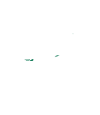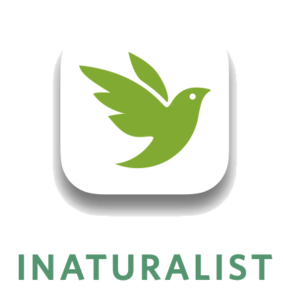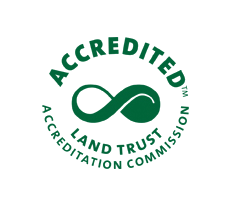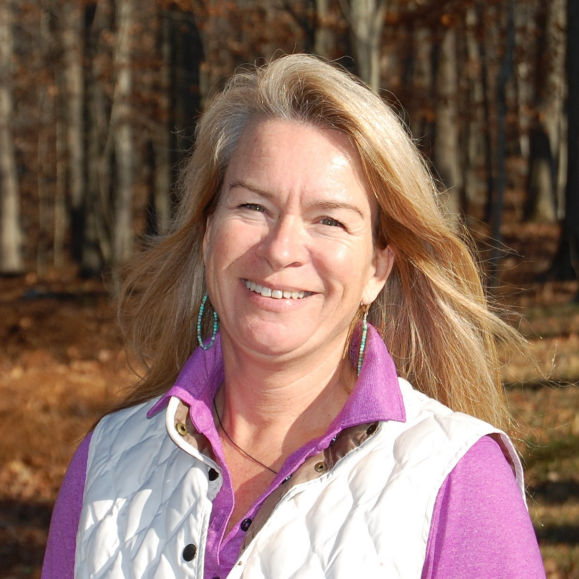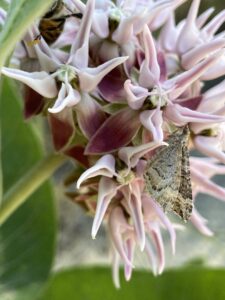 The Lyme Land Trust (LLT) is excited to announce the initiation of new education and stewardship project, and we want YOU to be involved! Using the online community science platform, iNaturalist, we are seeking to better understand the species of plants, animals, fungi and other living things inhabiting Lyme preserves owned by the LLT, Town of Lyme and the Nature Conservancy. In the process, we hope anyone sharing our interest in local biological diversity will contribute their own observations, and in so doing, become better acquainted with the non-human neighbors that share our landscape.
The Lyme Land Trust (LLT) is excited to announce the initiation of new education and stewardship project, and we want YOU to be involved! Using the online community science platform, iNaturalist, we are seeking to better understand the species of plants, animals, fungi and other living things inhabiting Lyme preserves owned by the LLT, Town of Lyme and the Nature Conservancy. In the process, we hope anyone sharing our interest in local biological diversity will contribute their own observations, and in so doing, become better acquainted with the non-human neighbors that share our landscape.
Why?
LLT has two objectives for this project. First, we wish to compile inventories of the species inhabiting preserves. Knowing what exists, and where and when different species make use of different habitats is critical information for responsibly stewarding preserves, for us, and our partners in conservation.
Second, we aim to foster increased awareness of and appreciation for the unique and interesting species living in Lyme preserves, and beyond. Putting a name to a plant that one is curious about can be a critical step toward better understanding of its characteristics, and perhaps also caring more about its welfare.
What is iNaturalist?
Think of iNaturalist as a virtual natural history museum, but instead of archiving preserved specimens verifying the occurrence of a species at a precise location and time, iNaturalist “specimens” take the form of observations: digital photographs or sound recordings connected with a known location and time. Specimen observations such as these are fundamental data for many of the biological sciences, particularly the discipline of ecology, which seeks to understand the distribution and abundance of living things. This used to be the arduous work of dedicated biologists like Charles Darwin who – at incredible expense and peril – travelled the world, discovering and documenting species like Galapagos tortoises and marine iguanas.
The beauty and power of iNaturalist are that by using the smartphone app that leverages the capability of devices many of us carry in our pockets, YOU can make similar contributions to science! Even better, no specialized expertise or biological training is required – when submitting photographs, the iNaturalist app uses artificial intelligence to offer suggestions to identify your observation. Furthermore, your observations will be visible to other people in the iNaturalist community, and your proposed identification may either be verified, or another identification may be proposed and debated by the community. In this way, a level of quality control is build into the system. But don’t be nervous! A recent article in the New York Times dubbed iNaturalist “the most civilized place on the internet!”
It’s easy! Download the iNaturalist app on your smartphone and create a profile before you can submit observations. Once you are logged in, join the Wild Lyme Project.
Click here to learn how to get involved in the Wild Lyme Project?
